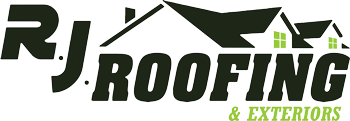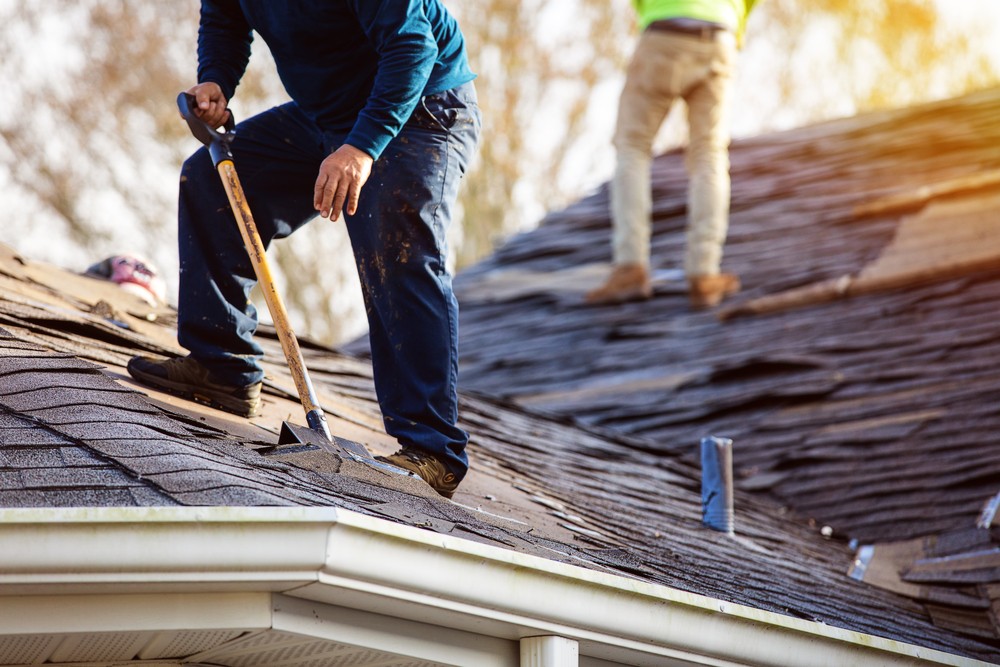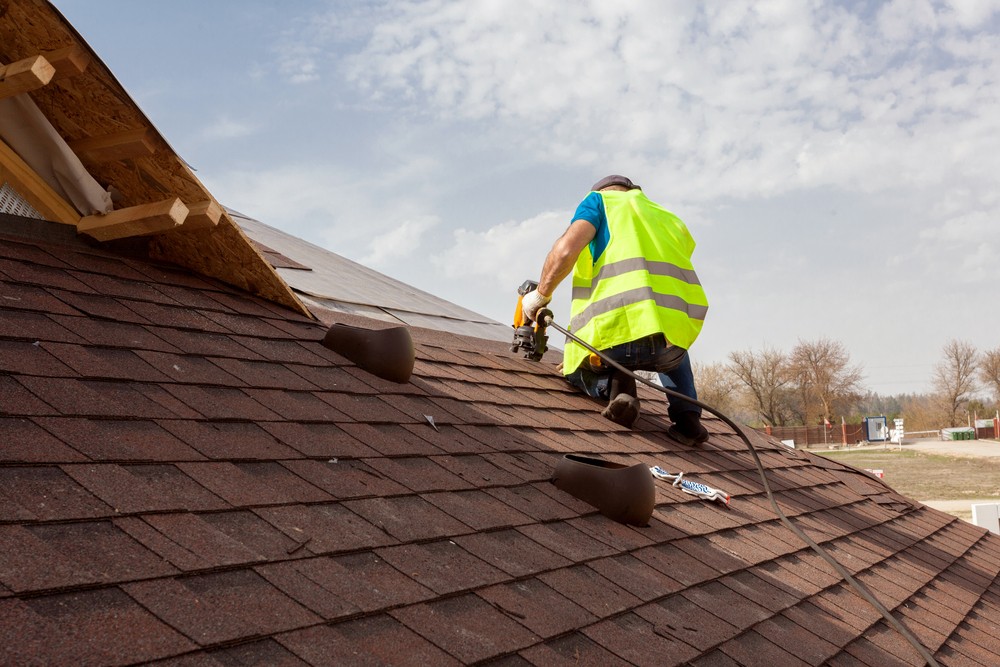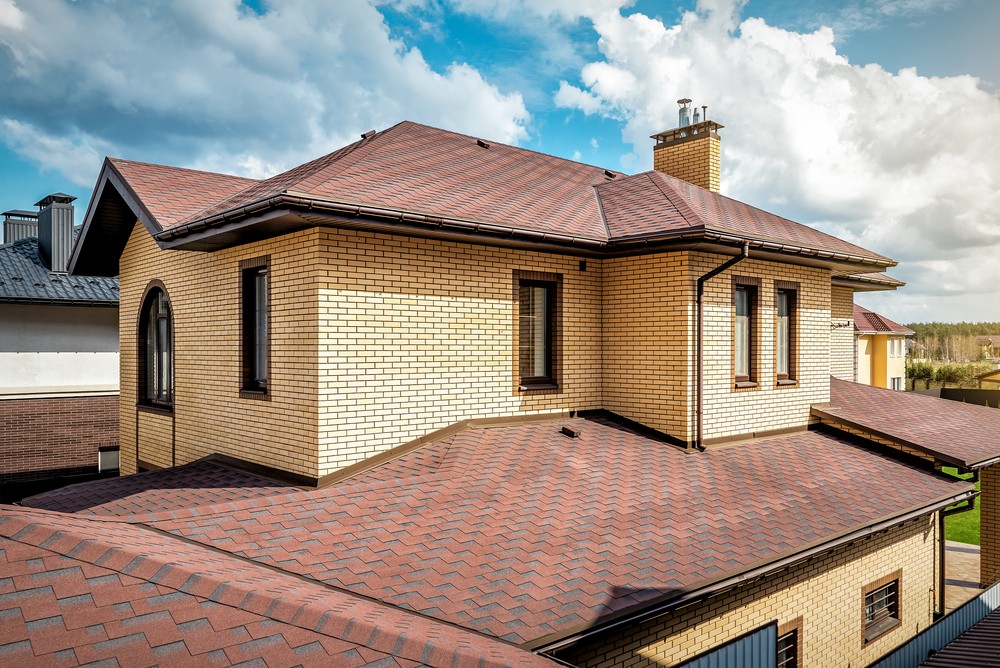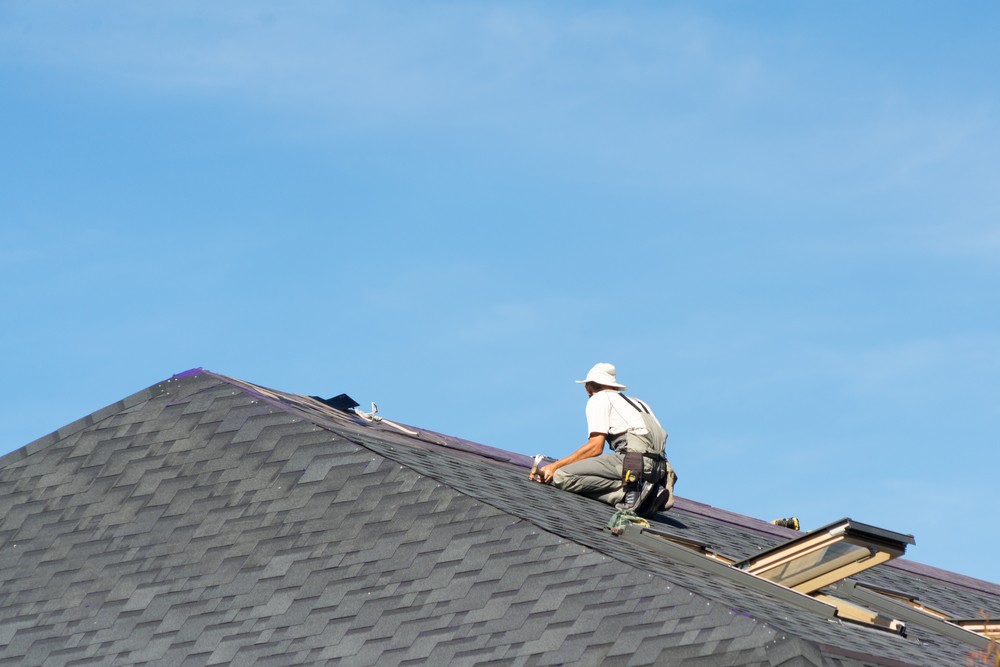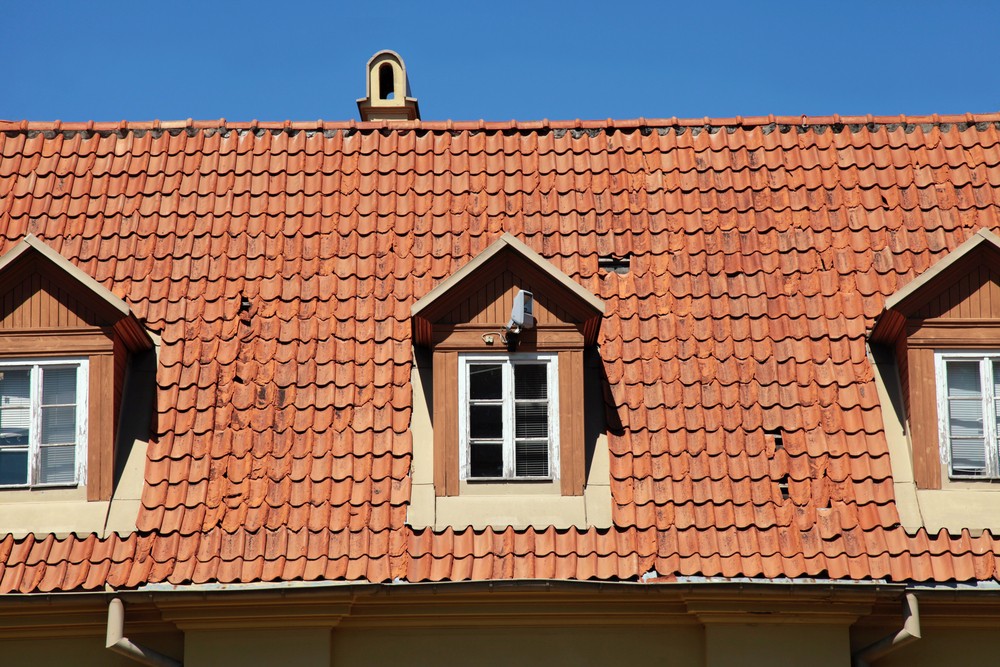When it comes to making significant decisions about home maintenance and improvement, choosing the right type of roofing solution is crucial. Among the various considerations, the debate between roof overlay vs. tear off stands out as a pivotal choice for homeowners. This post explores each option’s nuances, offering insights to guide individuals exploring home roofing solutions.
Understanding Your Roofing Options
Before getting into the specifics of each roofing method, it’s essential to grasp what they entail. A roof’s condition significantly impacts a home’s safety, energy efficiency, and aesthetic appeal. Thus, when signs of wear and tear become apparent, it’s time to consider your options.
What is a Roof Overlay?
A roof overlay involves installing a new layer of shingles over the existing one. This method is appealing for its cost-effectiveness and speed of installation. It’s a less invasive procedure since it doesn’t require the removal of the old roofing materials, leading to a quicker turnaround and reduced labor costs.
What is a Tear Off?
Contrastingly, a tear off involves completely removing the existing roof before installing a new one. This method allows for a thorough inspection of the underlying deck for any signs of damage or decay. Although more labor-intensive and costly, it provides an opportunity to address any hidden issues, potentially extending the lifespan of the new roof.
Advantages of Tear Off
- Select New Material: Opting for a tear off allows homeowners to choose new roofing materials, possibly upgrading to more durable and efficient options. This process also enables the replacement of any deteriorating underlayers, enhancing the roof’s overall integrity.
- Upgrade Materials: Homeowners have the chance to upgrade to superior materials, ensuring the roof can withstand harsh weather conditions and offer better insulation.
- Add More Durability: With all-new materials, a completely torn-off roof tends to be more durable and last longer than one with an overlay.
- Increase Roof Life: A new roof, on average, can last up to thirty years—significantly longer than an overlay, which might extend the life of your roof by about fifteen to sixteen years.
- Improve Assessed Property Value: A new roof can significantly enhance your home’s market value, making it a wise investment for the future.
Advantages of a Roof Overlay
- Less Labor Intensive: Since the existing roof remains in place, the process is quicker and involves less labor, cutting down on costs.
- Faster and Less Expensive: An overlay can be completed more swiftly than a tear-off, making it a cost-effective and time-saving option for those looking to avoid extensive roofing projects.
- Safer: The process involves minimal risk of falling debris, making it a safer option during installation.
- Viable Life Expectancy: While not as long-lasting as a new roof, an overlay still offers a respectable lifespan, making it an efficient short-term solution.
Disadvantages of a Tear Off
- Increased Cost: The comprehensive nature of a tear-off project means higher costs due to the extensive labor and materials required.
- Waste Removal: The process generates significant waste, necessitating proper disposal, which can add to the project’s overall cost and complexity.
Disadvantages of Overlays
- Potential Long-term Costs: While initially more affordable, overlays can sometimes lead to increased costs down the line due to unseen damages or issues not addressed during the overlay process.
- Weight Safety Factor: Adding a new layer of roofing materials increases the weight on the roof’s structure, which could pose a risk if the original design cannot support the extra load.
- Structural Problems Could Be Missed: Opting for an overlay means missing the opportunity to inspect and repair any underlying structural issues, which could lead to more significant problems in the future.
- Roof Parts Could be Compromised: Essential components like flashings might be compromised, leading to potential leaks and water damage.
Making the Right Choice
When deciding between a roof overlay vs tear off, it’s crucial to consider the long-term implications of your choice. While overlays offer a quick and cost-effective solution, they might not be the safest or most sustainable option for your home. A complete tear off, despite its higher initial cost, provides a comprehensive solution that can address and rectify underlying issues, potentially saving money and headaches in the long run.
Consulting with a professional roofing company, such as RJ Roofing & Exteriors, is advisable to assess your specific situation and make an informed decision. With extensive experience in residential roofing, RJ Roofing & Exteriors can provide the expertise and quality service needed to ensure your roofing project is a success.
Remember, the right choice depends on various factors, including the current condition of your roof, budget considerations, and long-term home improvement plans. By carefully weighing the advantages and disadvantages of each option, you can select the roofing solution that best meets your needs, ensuring your home remains safe, efficient, and visually appealing for years to come.

